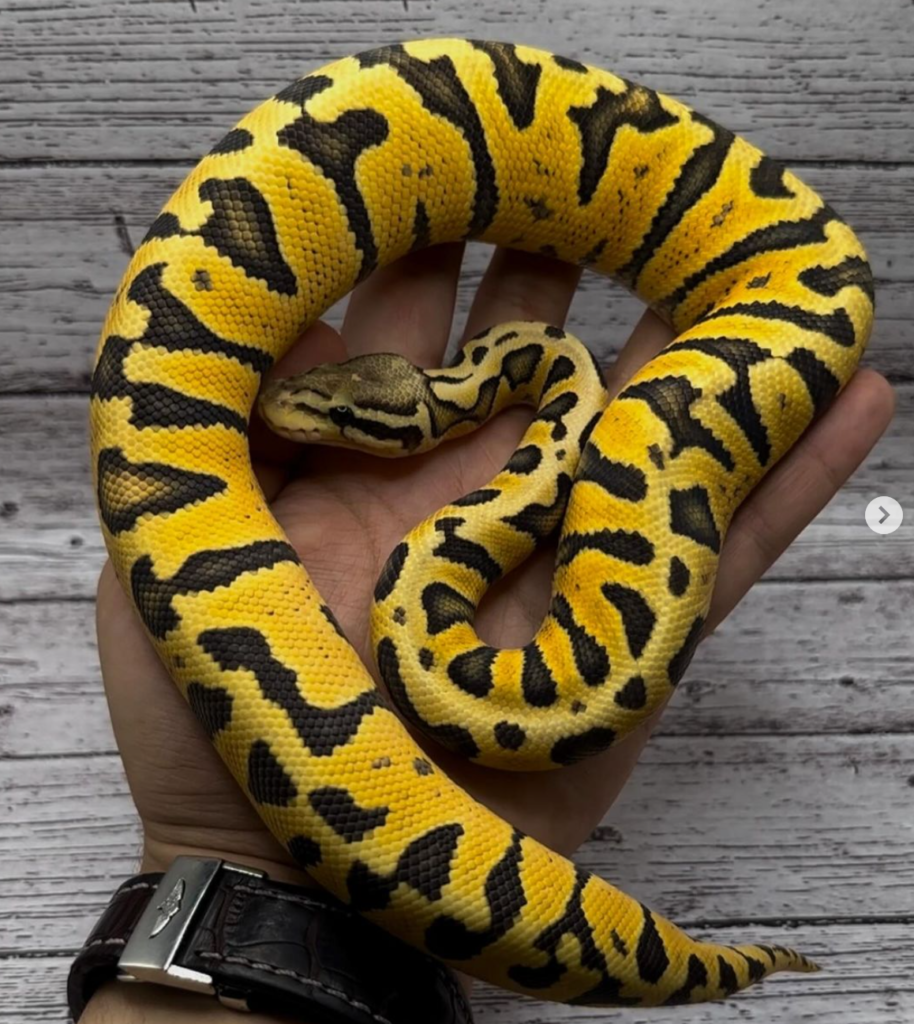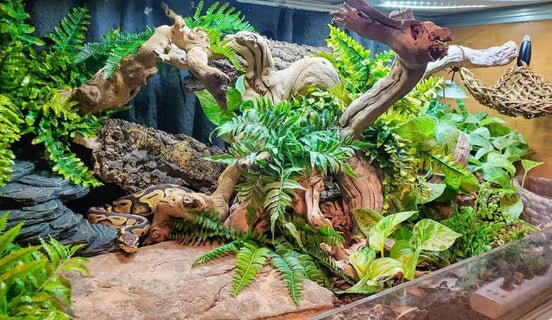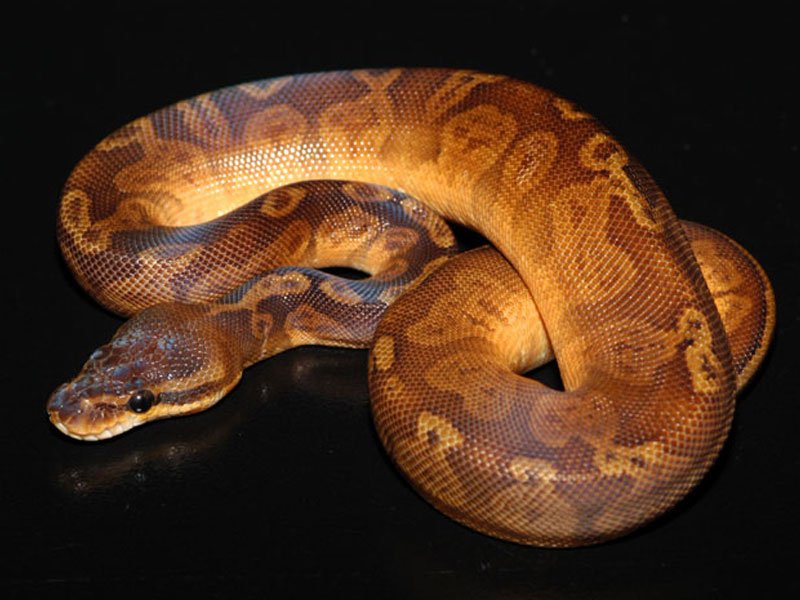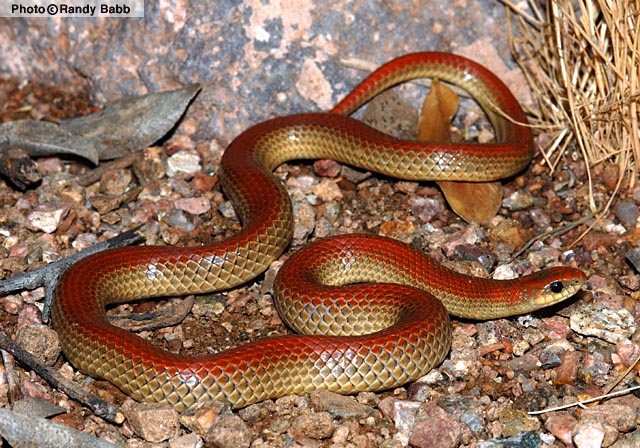Breeding and Morphs: Your 5-Point Guide to Breeding, Morphs, Investing and Care
The ball python (Python regius), a captivating snake native to central and western Africa, has become a popular reptile companion. Their docile nature, relatively small size, and stunning variety of color and pattern mutations (morphs) have fueled a thriving community of breeders and enthusiasts. This article delves into the intriguing world of ball python breeding and morphs, responsible investment considerations, and, most importantly, exceptional animal care.
Breeding Ball Pythons: A Commitment Beyond Profit
Ball python breeding and morphs require dedication, knowledge, and a commitment to the well-being of the animals. Before considering breeding, ensure you can provide proper care for multiple snakes, including hatchlings. Research genetics, husbandry practices, and potential health issues associated with specific morphs.
Understanding dominant, recessive, and co-dominant genes is crucial for predictable breeding outcomes. Many online resources and experienced breeders offer guidance on genetics and breeding strategies. Joining online forums and reptile clubs allows you to connect with breeders who can share their knowledge and experiences.
Morph Mania: A Kaleidoscope of Colors and Patterns
One of the most captivating aspects of ball pythons is the incredible diversity of breeding and morphs. These genetic variations result in a breathtaking array of colors, patterns, and combinations. Popular morphs include:
Albino: Lacks melanin, resulting in a stunning white snake with yellow eyes.
Spider: Features a “wobble” caused by a neurological issue. Ethical breeders avoid breeding for this morph due to potential welfare concerns.
Cinnamon: Possesses a rich, reddish-brown base color with darker speckling.
Banana Pied: Exhibits a beautiful pattern of yellow, black, and white.
Super Pastel: Showcases a faded or “washed-out” version of the original color pattern.
Remember, some morphs are linked to potential health issues, such as vision problems or difficulty striking prey. Responsible breeders prioritize animal welfare by avoiding breeding for morphs with known health concerns.

Investment Considerations: Value Beyond Price
Ball pythons can be a significant investment. While some breeders focus on producing “designer” breeding and morphs with high price tags, responsible investment involves prioritizing the well-being of the animals. Here’s what to consider:
Breeder Reputation: Research the breeder’s background and commitment to ethical practices. Look for breeders who prioritize animal health and well-being over profit.
Parental Lineage: Understanding the health and genetics of the parents helps predict the offspring’s characteristics and potential health risks.
Animal Health: Ensure the snake is healthy, active, and free from parasites or injuries. Quarantine new arrivals to prevent disease transmission.
Focus on finding a reputable breeder who prioritizes the health and well-being of their animals, more than simply mechanical breeding and morphs. Remember, a healthy snake with a good lineage is a worthwhile investment, regardless of its specific morph.
The Fundamental Pillar: Quality Ball Python Care

Above all else, responsible breeding and investment hinge on the foundation of exceptional animal care. Here are essential components:
Enclosures: Provide a properly sized, temperature-controlled enclosure with hiding spots, a water dish, and climbing opportunities.
Substrate: Utilize appropriate substrates that retain humidity, like aspen chips or coconut coir.
Temperature: Maintain a warm and cool side in the enclosure to allow for thermoregulation.
Humidity: Ensure adequate humidity levels to aid in shedding and overall health.
Feeding: Offer appropriately sized prey items based on the snake’s age and size.
Veterinary Care: Schedule regular checkups with a reptile veterinarian experienced in ball pythons.
Remember, proper care is an ongoing commitment, not a one-time expense. Be prepared to invest in high-quality enclosures, equipment, and veterinary care throughout the snake’s lifespan.
The Final Coil: A World of Responsibility
The world of ball pythons offers a fascinating intersection of genetics, business, and animal care. Breeding these captivating creatures requires knowledge, dedication, and a commitment to ethical practices that prioritize the snakes’ well-being. Whether your interest lies in breeding, investing, or simply keeping a ball python as a pet, responsible animal care should always be your top priority.
By educating yourself, seeking guidance from experienced breeders, and prioritizing animal welfare, you can contribute to a thriving community of responsible ball python enthusiasts.
See our Instagram and TikTok feeds and streams! We’re always giving exciting updates!
Learn all about us at Sculpted Exotics, as well as our services.


